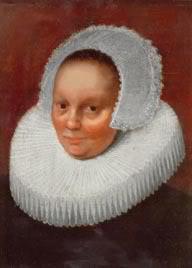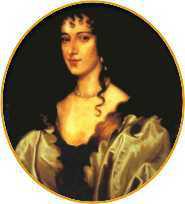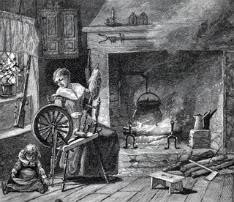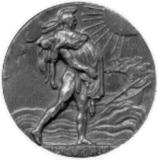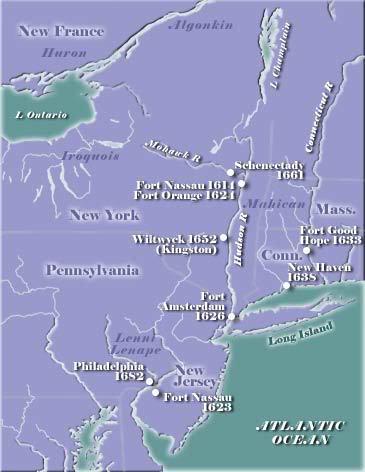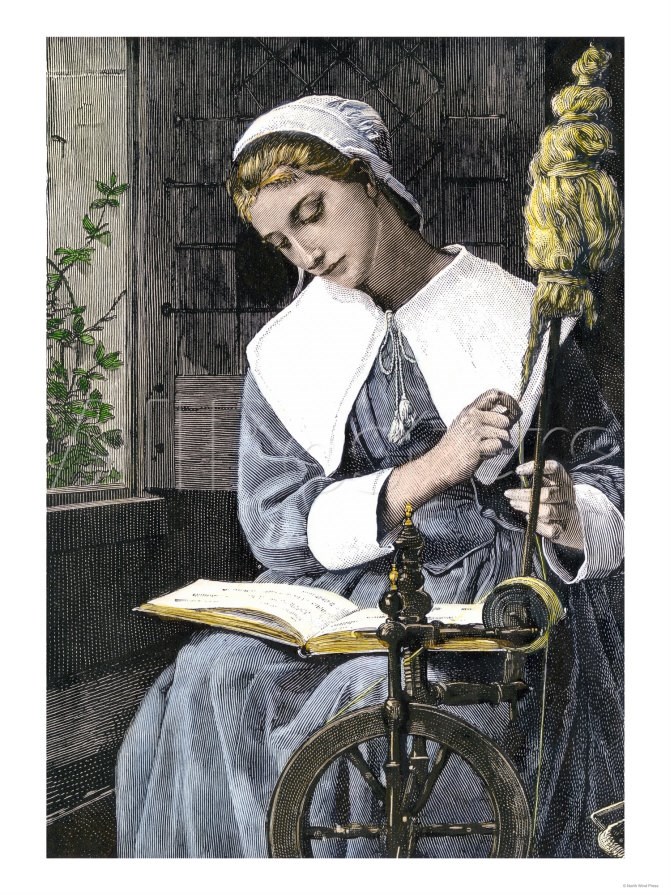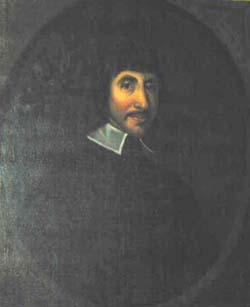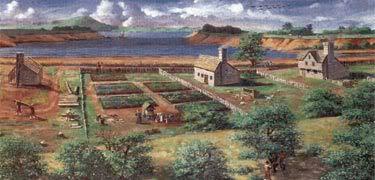Dutch Woman in New Amsterdam Anneke Webber was an early Dutch colonist in New Amsterdam and New Netherland. She was born in Norway in 1605. She married Roeloff Jans in Amsterdam, Holland, on Friday, April 18, 1623. They had six children. Her name became well-known because of the many lawsuits concerning her farm, which was claimed by her heirs and the Trinity Church in New York City. The Dutch West India Company founded the colony of New Amsterdam—later New York City—in 1625 as a place to defend river access to the company’s fur trade operations in the Hudson River, which extended to the colony of New Netherland—later New York state.
